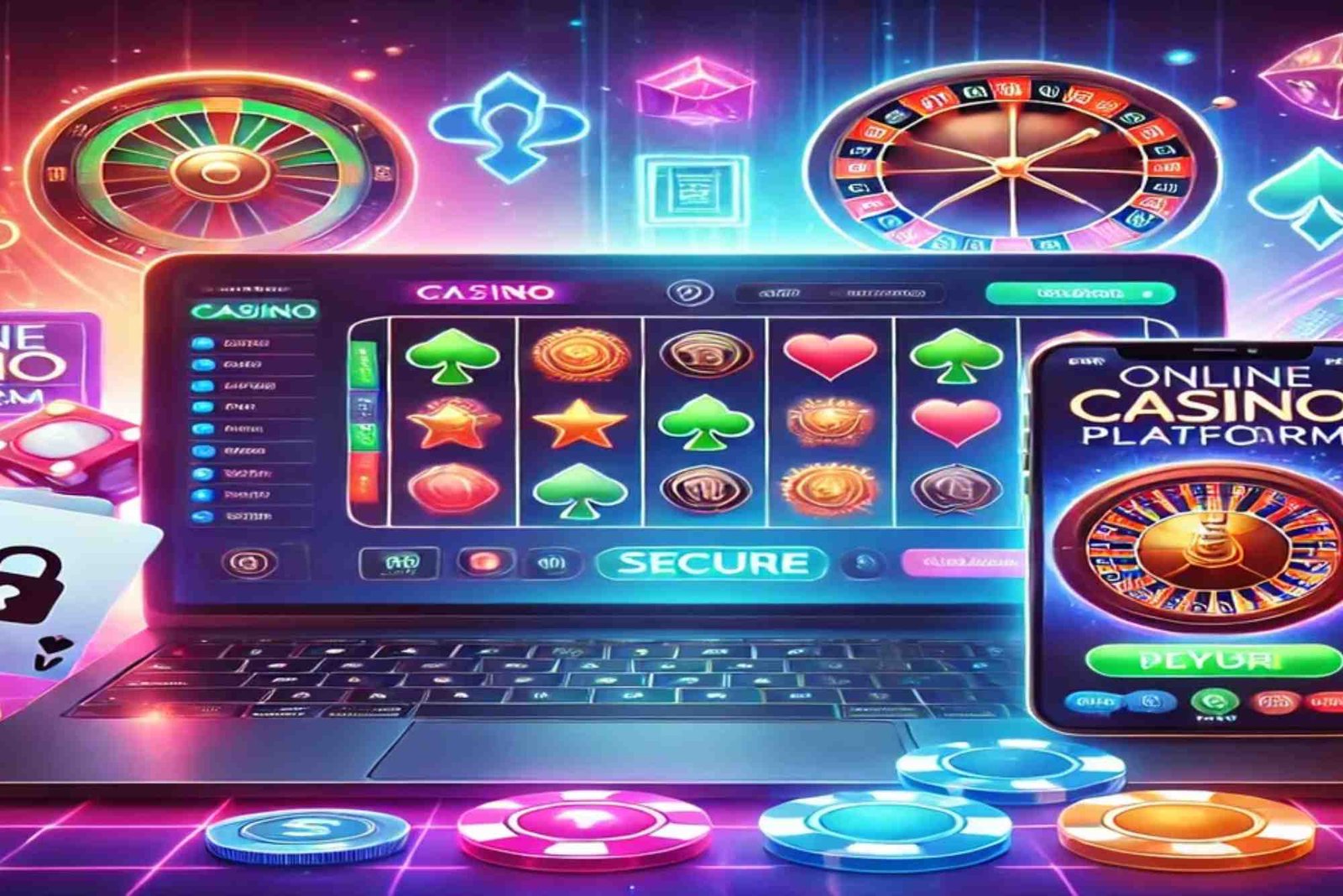Whenever I first slipped on an augmented‑reality (AR) headset in a bustling casino showroom, I felt an immediate jolt of excitement: digital symbols dancing atop real slot machines, interactive 3D jackpots floating in mid‑air, and other players’ avatars mingling in my periphery. That night sparked countless hours of experimentation, and today AR slots stand poised to redefine the lines between virtual play and the physical world. In this article, I’ll share hands‑on insights, explore practical use cases, and examine what these hybrid experiences mean for players and operators alike.
The Rise of AR in Casino Gaming
AR technology has matured rapidly over the past five years, moving from novelty mobile filters to robust gaming platforms. In the casino industry, AR slots leverage device cameras, headsets, or even mobile screens to layer digital content—spinning reels, bonus animations, and live data—on top of the tangible environment. This blending offers the best of both worlds: the tactile satisfaction of pulling a lever or placing a chip and the limitless design freedom of digital effects.
If you’ve ever browsed gambling sites not on GamStop, you may have noticed AR demos popping up as promotional features. These previews let you scan a branded table or card deck with your smartphone and watch virtual slot elements materialize right on your kitchen counter. The excitement of seeing a dragon emerge over your coffee mug, combined with the ease of tapping reels on your screen, highlights AR’s power to capture imagination.
How AR Slots Work Behind the Scenes
At a technical level, AR slots rely on real‑time image recognition and tracking. A camera identifies “anchor” points—such as physical casino tables, branded placemats, or printed AR codes—then renders 3D slot components in precise alignment. Advanced platforms even use depth sensors to detect hand movements, so you can reach out and virtually spin a floating lever or grab digital coins from the table surface.
Integration with back‑end gaming engines ensures that every AR animation corresponds to true Random Number Generator (RNG) outcomes. In my trials, I’ve tested headsets that overlay custom reels atop Bally or IGT cabinet designs, all while maintaining certified payout rates. The seamless handoff between physical hardware and digital overlays preserves fairness, provided operators adhere to strict audit protocols.
Immersive Player Experiences
Beyond the mechanics, AR slots shine in their immersive capabilities. Picture this: you and a group of friends gather around a regular slot cabinet. When you don headsets or point your devices, each of you sees distinct themes—one player’s reels are set in an ancient temple, another’s in a futuristic cityscape—yet you all share the same base game and can trade virtual tokens or send animated emojis in real time.
That social layer elevates solitary slot play into a communal event. I recall a session at an experimental Vegas lounge where AR allowed me to “High‑five” a stranger’s avatar as they hit a bonus round, complete with confetti showers that materialized across both our headsets. These shared moments, impossible in standard online slots, tap into the core draw of land‑based casinos: camaraderie and spectacle.
Balancing Physical and Digital Touchpoints
Designers face unique challenges balancing tactile feedback with digital flair. A purely screen‑based slot loses the satisfying click of a button; a fully physical machine can’t easily morph into new themes. AR strikes a compromise: keep the physical controls—buttons, levers, haptic feedback pads—while projecting dynamic visuals. Operators often retrofit existing machines with overlay projectors or install transparent LCD panels that double as both display and AR canvas.
Some venues even deploy AR‑enabled table mats. Point your phone at designated zones, and the felt transforms into a digital playground, complete with animated characters and interactive features. In my tests, these mats proved invaluable for pop‑up events—converting any flat surface into an instant slot lounge without costly machine installations.
Regulatory and Security Considerations
With innovation comes oversight. Regulators must ensure AR slots maintain the same integrity as their physical and online counterparts. Since digital overlays can obscure real‑world indicators like payout meters, operators need to provide clear on‑screen disclosures of RTP, bet limits, and responsible‑gaming tools. During a recent compliance review, I examined AR slot demos that displayed floating help panels and interactive “reality checks” within the headset view—an encouraging sign that safety features are keeping pace.
Security also extends to data privacy. AR experiences often collect positional and biometric data—hand gestures, glance direction, and even facial expressions. When assessing AR offerings on gambling sites not on GamStop, look for platforms that explicitly outline data usage and storage policies. Transparency here is crucial: players must trust that their personal info isn’t being repurposed for unauthorized marketing or sold to third parties.
Practical Tips for AR Slot Enthusiasts
If you’re eager to try AR slots, here are a few pointers from my own learning curve:
-
Start with Trusted Venues: Focus on established operators or demo events where AR integrations are supervised by certified technicians.
-
Check Device Compatibility: Some AR apps demand modern smartphones or dedicated headsets. Verify system requirements before downloading.
-
Mind Your Surroundings: AR overlays can block peripheral vision; ensure you’re in a clutter‑free space to avoid tripping hazards.
-
Explore Social Features: Join AR slot communities or lounges that offer multiplayer modes—those experiences highlight AR’s strengths.
-
Monitor Play Time: Immersive AR can make time fly. Use built‑in session timers or responsible‑gaming alerts to maintain healthy limits.
Future Outlook: AR’s Role in Casino Evolution
Looking ahead, AR slots may become a staple in both land‑based and remote gaming. Hybrid venues could deploy portable AR kiosks in hotel lobbies, while online platforms embed AR mini‑games into their apps for a richer user journey. Imagine ordering drinks through your headset during play, or receiving live dealer avatars projected onto your coffee table for private sessions at home.
Advances in wearable tech—lighter headsets, smart glasses, even AR contact lenses—will only deepen immersion. Combined with 5G’s low latency and edge computing, real‑time AR experiences could rival the stability of physical machines. For developers, the challenge will be crafting engaging content that complements, rather than distracts from, core gameplay.
Conclusion
Augmented‑reality slots represent a thrilling frontier where digital imagination and physical presence converge. By overlaying dynamic visuals on real‑world machines and spaces, AR injects fresh excitement into slot play—cultivating social connection, preserving tactile satisfaction, and opening new creative avenues for operators. While regulatory frameworks and device limitations still evolve, early adopters have already demonstrated AR’s potential to transform how we gamble.
As both a player and industry observer, I’m excited to see how AR slots mature. Whether you’re scanning a table mat at a pop‑up event, joining an AR lounge in Las Vegas, or exploring demos on gambling sites not on GamStop, these experiences offer a tantalizing glimpse of gaming’s future—one where virtual and physical play merge seamlessly into a single, immersive adventure.






